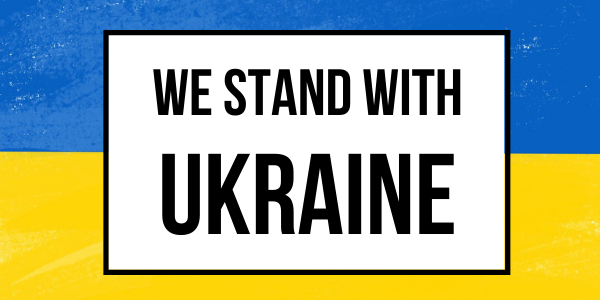Title:Foxholes, Wardrooms, & Ready Rooms
Author:© Tom Wolfe, author; all rights reserved; excerpts from Out of Uniform: Your Guide to a Successful Military-to-Civilian Career Transition; used with the permission of the author and publisher, potomacbooksinc.com.
Date:July 2018
Source:potomacbooksinc.com
Volume:Volume 3 Issue 144
Several years ago one of my clients asked me if he should expect the same level of camaraderie in a civilian job as he had in the military. My answer was no, and yes.
There is nothing in the civilian workforce that can approximate the bonding that occurs in the wardroom, ready room, or foxhole. Military personnel in those environments put up with much hardship — long hours, stressful working conditions, danger to personal safety, separation from loved ones, and more. However, because they all in it together, they get through it. This mutual self-sacrifice, teamwork, and covering each other's six contribute to individual bonding, unit cohesion, and, ultimately, the camaraderie in question.
Other than perhaps the professions of law enforcement, fire fighting, and emergency medicine (notice the common denominator), it would be difficult to find a civilian occupation that approximates the conditions of the foxhole. It follows therefore that finding the military version of camaraderie in a civilian occupation is almost impossible. Some people do get close however and often it is simply a matter of time.
"Hail and Farewell Parties," the Welcome Wagon, personal sponsors, turnover period, contact reliefs—these are examples of the military's effort to ease the transition from one duty station to another. Because of the high frequency of duty station rotation in the service, it is important that the system accommodates these transitions. Getting onboard and up-to-speed quickly contributes to the automatic "welcome to the club" experience that awaits most military personnel when they report to a new duty station. This contributes to the camaraderie of military service. Civilians do not do it that way.
Many military-to-civilian career changers will tell you that although they did not find the camaraderie and esprit de corps initially in their civilian jobs, it did start to develop in the first 12 to 18 months of employment. This delay is due in part to the fact that unlike in the military where you are quickly welcomed "to the club," in the civilian sector you have to earn this membership over time. You might also have to take the initiative. Do not expect the Welcome Wagon to pull up in front of your house the first week on the job (if ever) nor should you line up a baby sitter in anticipation of your "Welcome Aboard" party. Those things or their equivalents will come, but it takes time.
The kind of people with whom you work and the corporate culture of the organization will influence the feeling of camaraderie. Take a look at the people in those military foxholes. They share much in the way of values, ethics, commitment, sacrifice, reliability, citizenship, and courage. Can the same be said of the civilian workplace? Maybe yes, maybe no.
Is there a lesson here? How about this. As you transition from the military to civilian sector and as you appraise opportunities and offers, in addition to things like money, location, benefits, growth potential, and job satisfaction, perhaps there is one more issue to consider—are these my kind of people?


